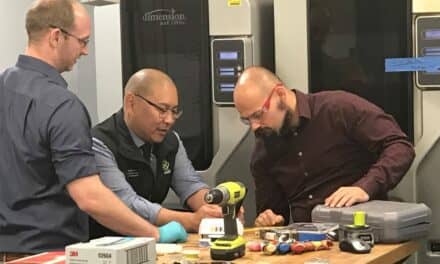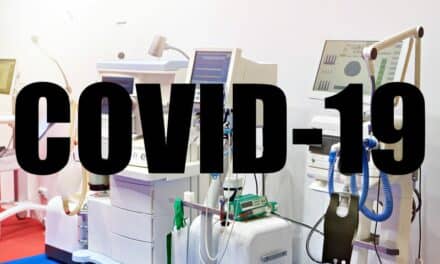Royal Philips announces that its Philips Patient Monitors MX750 and MX850 have received 510(k) clearance from the U.S FDA. Initially cleared for Emergency Use Authorization in 2020, the MX750 and MX850 are designed to support scalability, alarm management, cybersecurity, and enhanced infection prevention within the hospital.
As health systems navigate the digital transformation, patient management solutions that can scale to meet hospital needs are in high demand. The MX750 and MX850 patient monitors are an integrated part of the company’s acute patient management solution, enabling hospitals to standardize at a system level and customize the solution in a particular care setting, even virtual or decentralized, to help optimize patient care. The monitors provide full modularity and are interoperable with other devices and applications, including Philips Patient Information Center iX and IntelliVue XDS software, to display critical patient data remotely or at the point of care.
“Continuous patient monitoring plays a vital role in overall patient safety while providing clinicians and caregivers with the holistic view they need to best support their patients and manage their workload,” says Sandra Lesenfants, general manager, hospital patient monitoring, Philips. “Philips Patient Monitors IntelliVue MX750 and MX850 are our most advanced patient monitors and a key part of our modular portfolio of hardware, software, services, and consumables that can be tailored to provide integrated monitoring solutions that meet the individual needs of each healthcare provider.”
Data can also flow between the MX750 and MX850 patient monitors and Philips Acute Care Telehealth command center to streamline clinical workflow with advanced clinical decision support, helping care teams better manage patient care across the continuum. The integrated system securely feeds patient data to a hospital’s electronic medical records via continuous, end-to-end encryption, meeting the industry’s evolving cybersecurity needs. The approach allows for virtually gap-free patient records from admission to discharge, even during transport, and connects care from the ICU to general ward, and across care settings.
“In the ICU, conditions can change quickly, so having access to real-time data is important to ensure signs of deterioration are not missed,” says Remko van den Akker, registered nurse, intensive care/critical care unit, Adrz Hospital, The Netherlands. “Philips’ solutions have helped us to improve the link between essential patient data and our hospital patient data management system and allow us to automatically and securely share data. This level of interoperability has been key for successfully managing our acute care patients.”
Philips MX750 and MX850 patient monitors can also withstand the strongest hospital-grade disinfectants to help minimize hospital-acquired infections without degrading the device. This helps caregivers to increase efficiency, while ensuring high quality patient care.





